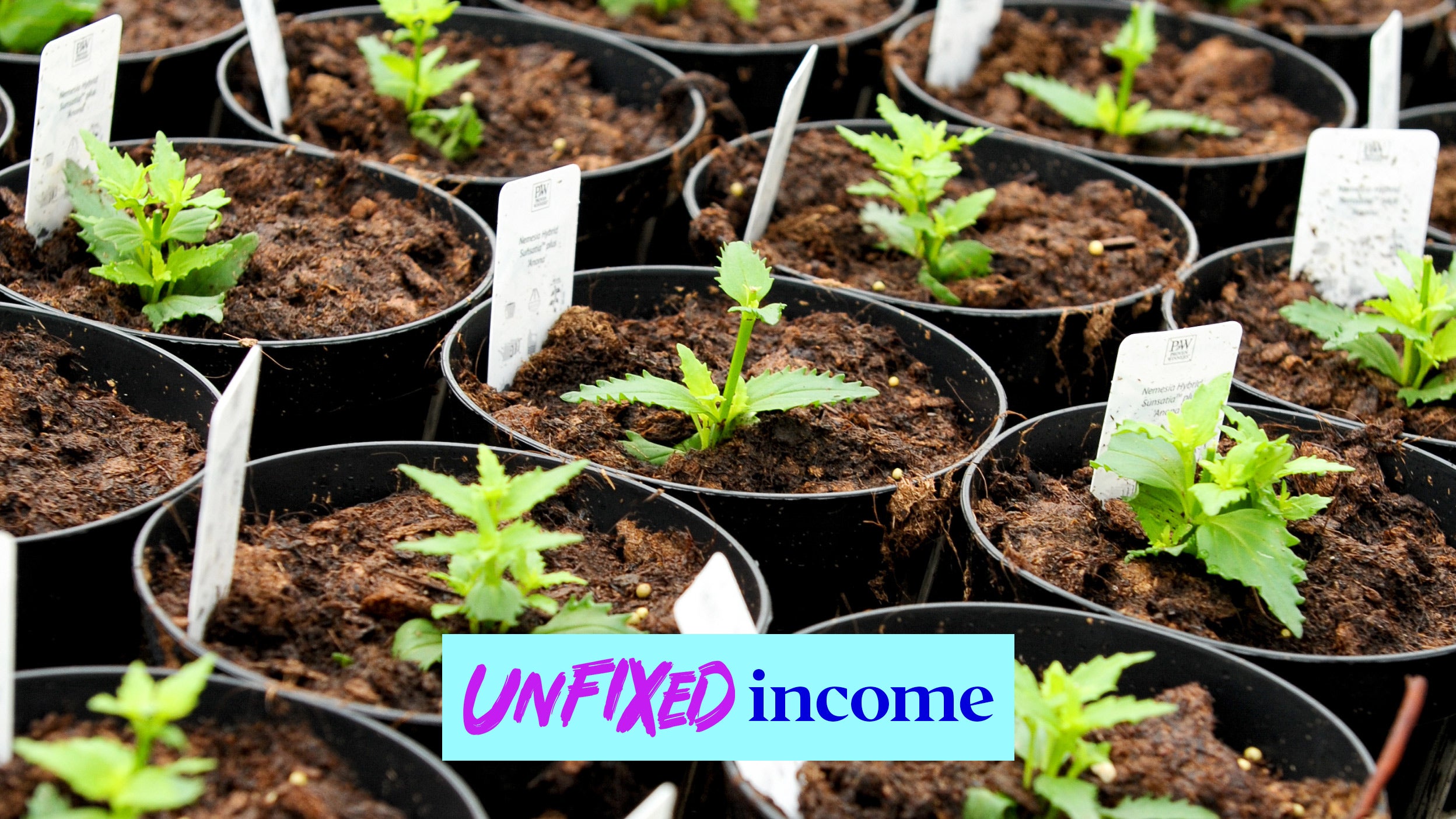
ESG and responsible investing
A greener tomorrow: Invesco’s ECO Bond Fund (UK) launch
Find out how the newly-launched Invesco Environmental Climate Opportunities (ECO) Bond Fund (UK) is supporting the transition to a low carbon economy.

We started this article series with one Chancellor of the Exchequer in the news. We’ll wrap it up with another.
In the run up to the COP26 summit last autumn, Rishi Sunak’s Treasury made headlines by launching the UK’s first ever green gilt – a twelve-year bond which will mature on 31 July 2033. It will be used to finance clean transport, energy efficiency, and pollution prevention, among other projects.
This is reflective of a wider trend that is gaining momentum in the industry. It’s one that the teams at Invesco are watching closely.
ESG labelled bonds are a growing market, as shown in Figure 1, and they have some clear benefits for investors. They allow them to access comparable financial returns while aligning their portfolios with their values or ESG mandate requirements.
They can also help mitigate against climate related risks, and Tom Hemmant (Fixed Interest Fund Manager) flags the fact that they can be a ‘good indicator that a company has opportunities to deploy capital expenditure in green activities’.
Source: BloombergNEF. Data as at 24 March 2021.
While sustainability bonds can help investors green their portfolios, they also bring their own set of challenges and complexities. As flagged by Sam Morton (Head of European Investment Grade Research) in a recent whitepaper, there are certain differentials that need to be addressed:
Along with the usual drivers of new issue concession (deal size, issuer rating, rarity, sector, market risk appetite, etc.), we believe the sustainability bond programme from which a company issues bonds also needs to be assessed.
Usual integrated ESG analysis (examining an issuer’s ESG characteristics relative to sector peers and deriving an overall A-E rating with trend) does not fully address sustainability bonds because of the way these securities target specific projects.
‘Although unlikely, an A-rated ESG issuer could theoretically issue a low-quality sustainability bond, and an E-rated ESG issuer could issue a high-quality sustainability bond’, Sam Morton adds.
Meanwhile, sustainability-linked bonds (whose proceeds are not allocated to specific projects, but used for general corporate purposes) avoid the issue outlined above, but bring a separate layer of complexity to the table.
For clarification, these are debt instruments whose financial characteristics change depending on whether the issuer achieves predefined sustainability objectives. Often, it is the coupon that will change, increasing by a certain amount each year if the issuer misses its target.
The lack of specificity associated with these bonds leaves investors reliant on the overall ESG credentials of the issuer. They need to decide whether they value the achievement of these KPIs, the financial consequences, and how these will be reported to investors.
The two examples in this article provide just a flavour of the considerations at play. What’s crucial is that investors closely monitor these risks as they evolve.
At Invesco, we believe that having well-resourced and experienced credit and investment teams is crucial to this process. They look to ensure that credit spreads adequately reflect downside risks, with ‘at risk’ names avoided where this is not the case.
We know investors are living through an unprecedented period of market disruption and volatility. As we face these new realities, we think taking an unfixed approach to fixed income is an advantage.
From active to passive, from mainstream to innovative, we have the expertise, the strategies and the flexibility needed to match your objectives as markets evolve.
Want to know more about ESG labelled bonds? Explore the below pieces, which offer a deep dive on the issues introduced above.

A greener tomorrow: Invesco’s ECO Bond Fund (UK) launch
Find out how the newly-launched Invesco Environmental Climate Opportunities (ECO) Bond Fund (UK) is supporting the transition to a low carbon economy.

Making sense of UK ESG regulation
Having set ambitious national climate targets, the UK has been largely content to follow the EU’s lead regarding the Green Taxonomy, but there are divergences. Unlike the Europeans, British policymakers have put nuclear and hydrogen at the centre of their plans. There is further divergence at both the corporate and investment product levels.

The path to net zero: Capturing the opportunity in the UK
The UK is leading the charge against climate change and has already made huge improvements compared to many of the world's largest polluters. With an economy focused on service industries, the UK’s carbon intensity has fallen over the last decade, and the government has announced various measures to accelerate the transition to net zero.
The value of investments and any income will fluctuate. This may partly be the result of exchange rate fluctuations. Investors may not get back the full amount invested.
All data is provided as at the dates shown, sourced from Invesco unless otherwise stated.
This is marketing material and not intended as a recommendation to invest in any particular asset class, security or strategy. Regulatory requirements that require impartiality of investment/investment strategy recommendations are therefore not applicable nor are any prohibitions to trade before publication.
Where individuals or the business have expressed opinions, they are based on current market conditions. They may differ from those of other investment professionals. They are subject to change without notice and are not to be construed as investment advice.